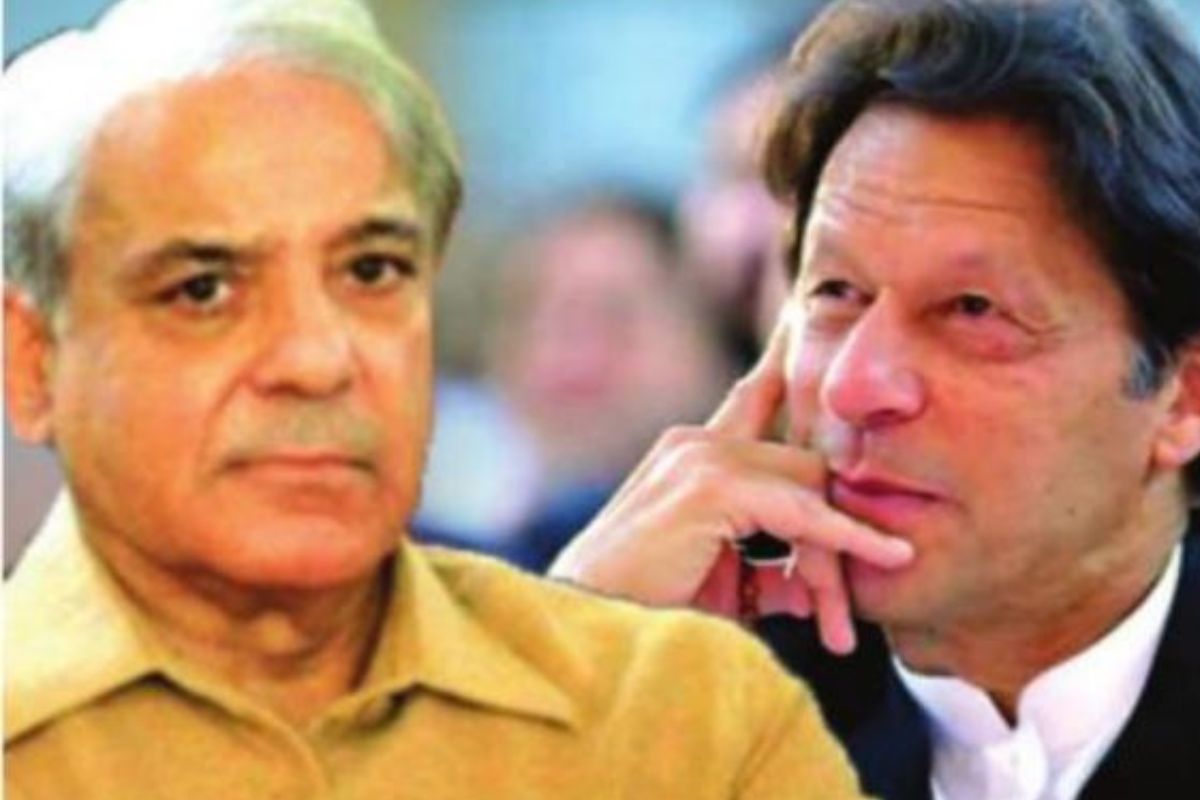Locals of Motijheel, Chinsurah recollect memories of Pratul Mukhopadhyay
The renowned Bengali-language singer Pratul Mukhopadhyay was a creative artist and songwriter.
A bridge not linked to any road gets one nowhere. Pakistan’s stagnant politics resembles one even if it is now in uncharted terrain, with huge turmoil upending old political patterns. However, big political transitions follow the deep societal change.

Photo: SNS
A bridge not linked to any road gets one nowhere. Pakistan’s stagnant politics resembles one even if it is now in uncharted terrain, with huge turmoil upending old political patterns. However, big political transitions follow the deep societal change.
One sees much change at first sight — the youth bulge, urbanisation, and social media use. But deeper structures remain stagnant: low growth, patronage economy; extremism and hierarchy. Flux, it appears, outpaces deep change. Pakistan’s political changes encompass at least six axes: class, ethnicity, faith, regions, institutions and political brands. It has been pointed out that the country had its roots in the concerns of landed, business and middle-class Muslim elites in mostly Hindu central India about their fate under Hindu rule.
Advertisement
Their politics was ethno-populist: built on ethnic elite fears and without ideas on how to make society fairer for the poor. After 1947, West-wing middle classes in the military, bureaucracy and courts tamed politicians to impose dour elite politics built on populist faith and patriotism. Defiance soon came from leftist ideological and Baloch, Bengali, Pakhtun and Sindhi ethno-ideological parties (ethnic politics plus strong ideas to make society fairer), which the state nixed.
Advertisement
Bigger defiance came in the 1970s from the PPP, led by a Sindhi landlord who mixed ideology and populism. Pindi’s excesses and later co-optation made the PPP shed its ideology and defiance to adopt what many say is corrupt patronage politics. Elite defiance came from Punjab business elites too under the PML-N which, lacking a pro-poor ideology, is seen to follow corrupt patronage and mild ethno-populist politics in reaction to anti-Punjab urges. Having seen the establishment’s actions for a long, it is now eyeing re-co-optation.
The establishment also co-opted religion-populist parties and the MQMled ethno-populism of urban Sindh middle-class elites. How is the current flux affecting the six axes? Leftist ideology and older Baloch, Pakhtun and Sindhi ethnobiology are now moribund even though ethnic and class gripes exist. South Punjab has ethnically motivated complaints too but still lacks ethnic parties. Newly emerging ethnoecological groups are still small. The iffy politics of religious parties and the MQM’s ethno-populism have lost big time too. But extremism and Mohajir grievances survive. They, like earlier groups, could rebound.
The PPP’s ideological and even patronage politics is largely done and dusted in KP and Punjab but is secure in more isolated rural Sindh where it also partly calms emotions of an ethnic nature. However, a divided, rudderless PMLN’s patronage and ethno-populist politics in a changing Punjab face strong headwinds. The judiciary apparently loves its powers to nix laws and even executive actions at will, to the detriment of the government. But the establishment has seen big losses. Ties with old patron America and jihadists like the Taliban are now tense.
A stormy tiff with the PTI has robbed it of a pampered middle-class soulmate and many faithful social media trolls, TV anchors and middle-class allies. Yet while saying it is non-political, it is still perceived as calling the shots even though PDM relies less politically on it than the PTI. Clarity on its political intents may emerge soon under a new head. But old habits may die hard even if options are reduced. All these losses have been PTI gains. Led by middle-class elites, it follows iffy cultists, religion-populist, and anti-West politics. We have never had a big national religious party given sectarian divides.
The PTI, perhaps the most religious party after the openly religious ones, is now close to being that as Imran Khan’s va–gue religiosity ap–peals across sects and regions and lets people feel religious while avoiding stricter tenets. While it is upending many controversial political forces, the party itself has combined many of these forces’ worst traits – the establishment’s security and autocratic lens, PDM’s patronage politics, MQM-type populism and religious extremism.
Yet its gains are very tenuous, given its odd mix of cultist-cum-electable politics without an ideology, an ageing leader with no clear successor, a weak mid-tier leadership and grassroots presence, poor ties with Pindi and all key foreign allies, and huge misrule. After the PML-N’s centrist business elite-led and PPP’s leftist landed elite-led ones, the PTI poses a middle-class elite challenge to the establishment but from its right. However, success may elude it too.
So, the upper classes (the PPP and PML-N) use bad patronage politics that give some crumbs to the poor. But the middle classes (the MQM, PTI and TLP) give even worse populist politics. Thus, the middle classes in state entities and now in politics are the most to blame for making politics irrelevant to the needs of the masses.
Advertisement